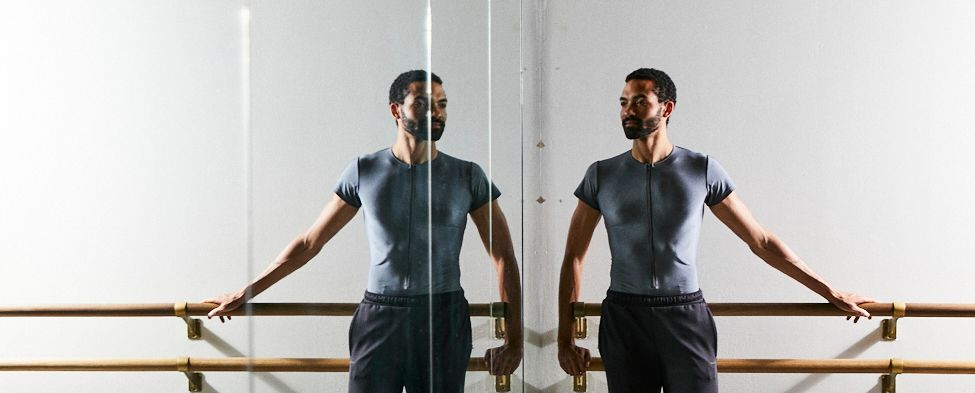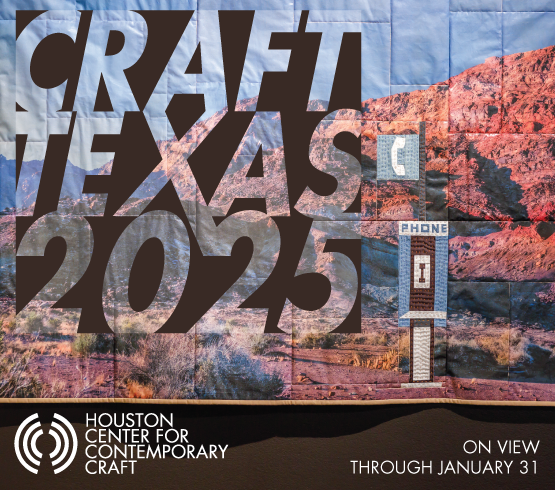Silas Farley likes to joke that he’s the “ultimate ballet nerd.” He says it with warmth and a hint of reverence, as if confessing a lifelong devotion to a beloved friend. From the time he was seven years old, Farley immersed himself in the history and evolution of ballet, reading voraciously and studying old performances while most kids his age were still figuring out what they liked. That sense of calling has never left him. He has lived many lives inside the art form—dancer, teacher, choreographer, podcaster, mentor—and today he carries those roles with him in Dallas, where he serves as Armstrong Artist in Residence in Ballet at Southern Methodist University’s Meadows School of the Arts.
That gift came through the Armstrong family, longtime philanthropic supporters of both SMU and ballet. Farley first met Liz Armstrong when he was a teenager training at the School of American Ballet. Over time they became close, and when he chose to stop performing, Liz and Bill helped carve out the role he now holds at SMU. The appointment allows him to remain fully engaged in the studio—teaching men’s technique, pointe, and leading rehearsals—while also offering the flexibility to choreograph and guest teach around North America, a role he sees as vital to continuing to shape the national conversation around ballet. “I’m not in a lecture hall. I’m in the studio every day, more like a coach,” he explains. “It’s multifaceted and anchoring work.”
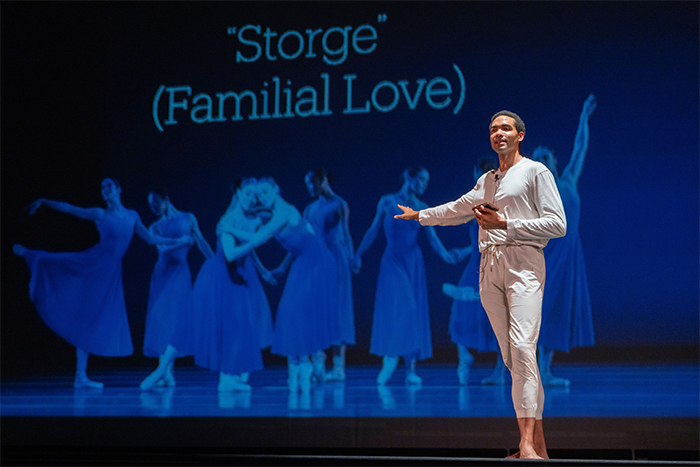
1 ⁄6
Silas Farley at the 2025 Spring Symposium, “Faith & the Arts,” for SMU’s Center for Faith and Learning.
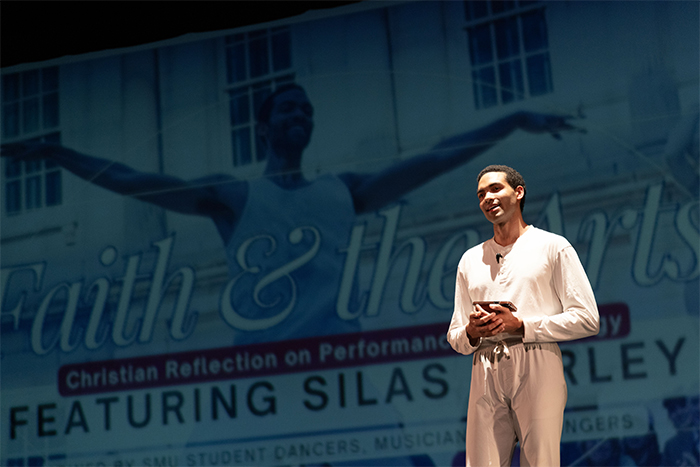
2 ⁄6
Silas Farley at the 2025 Spring Symposium, “Faith & the Arts,” for SMU’s Center for Faith and Learning.
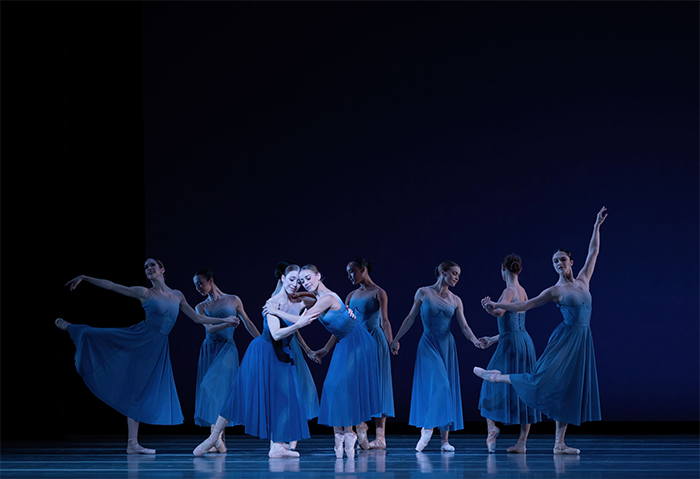
3 ⁄6
Houston Ballet Principal Jessica Collado and First Soloist Tyler Donatelli with Artists of Houston Ballet in Silas Farley’s Four Loves. Photo by Amitava Sarkar (2024). Courtesy of Houston Ballet.
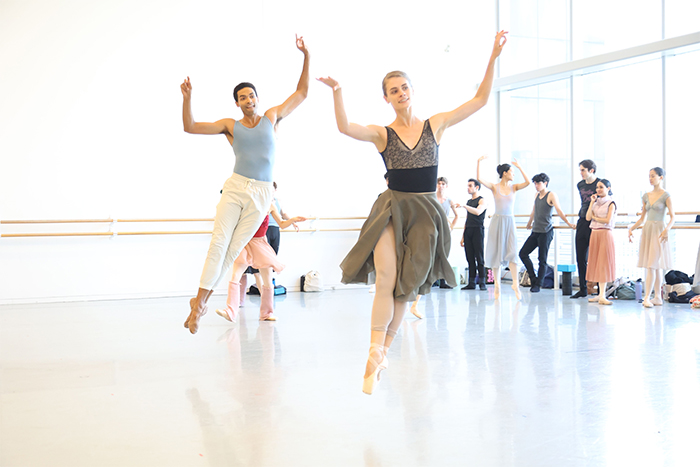
4 ⁄6
Choreographer Silas Farley with Houston Ballet Soloist Jacquelyn Long and Artists of Houston Ballet rehearsing Four Loves. Photo by Amitava Sarkar (2024). Courtesy of Houston Ballet.
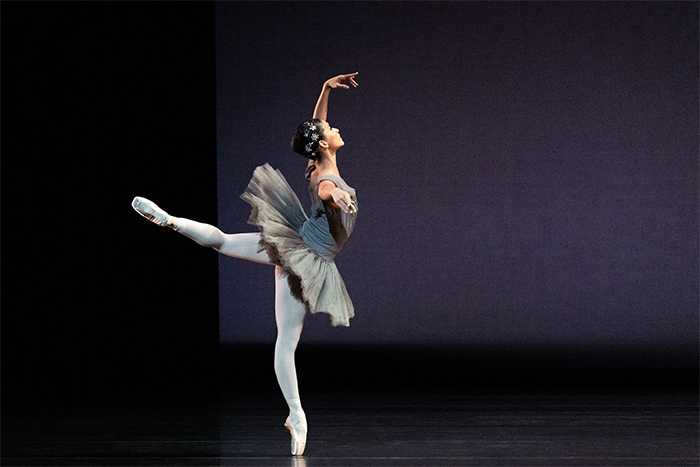
5 ⁄6
Houston Ballet Principal Karina González in Silas Farley’s Rococo Variations, Op.33. Photo by Lawrence Elizabeth Knox (2022 ). Courtesy of Houston Ballet.
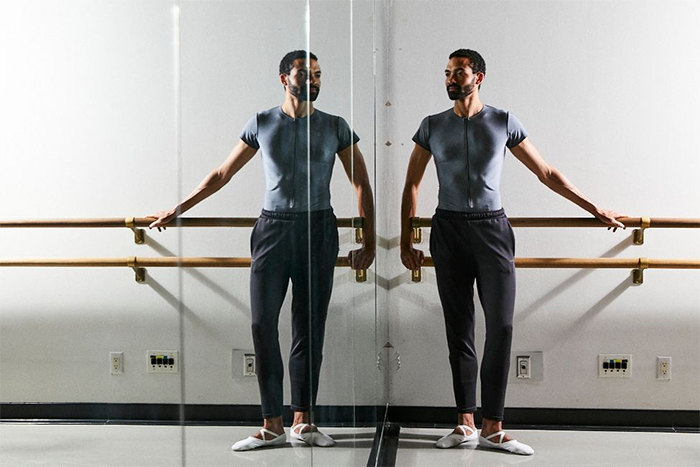
6 ⁄6
Silas Farley in the SMU dance studios. Photo by Steven Visneau.
What anchors him most is his relationship with the students. At the start of each semester, Farley tells them that his goals are simple but essential: to rediscover joy in the work, to connect their personal stories to the larger story of ballet, and to become the kind of dancers who can teach themselves. He gives them independent reading lists, re-curated each term, and emphasizes lineage, especially the influence of Balanchine. His own teachers were Balanchine’s muses—Patricia McBride among them—and though Balanchine died years before Farley was born, he says, “I feel like I know him as well as anyone who never met him could. We are all ‘dancestors,’ all connected through our devotion to dance. I feel fortunate to have a role to play in the stewardship of his legacy.” That inheritance comes alive not only in class but also in Farley’s podcast, Hear the Dance, part of the New York City Ballet podcast network he helped launch in 2019. As writer and host, he has interviewed many of his heroes and colleagues, documenting over 50 episodes that illuminate the repertory and its interpreters.
Farley is also a rising choreographer whose work has been featured at School of American Ballet, The School at Jacob’s Pillow, the New York Choreographic Institute, Works & Process at The Guggenheim, The Washington Ballet, American Ballet Theatre, New York City Ballet, and Houston Ballet. His work as a choreographer blends reverence with invention. He describes himself as “part risk-taker and part caretaker,” choosing not to invent entirely new steps but instead to revel in classical ballet’s language. “Ballet is a language,” he says. “You can use it to write nutrition facts or a sonnet—it’s your choice.”
Faith is woven into his artistry as well. Born in Charlotte, North Carolina, the youngest of seven children, Farley grew up in a church where dance was part of worship. That formative experience of movement as prayer continues to shape his perspective. In Dallas, he often choreographs works for his church and has brought Meadows students into interdisciplinary performances that combine music, dance, and testimony, such as the spring 2025 “Faith & the Arts” symposium for SMU’s Center for Faith and Learning. “SMU feels like a place where I can bring my whole self, artistically and spiritually,” he reflects.
At 31, with a résumé that already spans New York, Los Angeles, and now Dallas, Farley is still at the beginning of what promises to be an expansive career. Yet he carries himself less like a man chasing the next role than as someone grateful for the one he already has. Retiring from the stage at 26 freed him to devote his life to demonstrating the ideas he hopes to pass on. “The more I teach, the more I want to learn,” he says. “I am the lead learner in each of my classes.”
— LINDSEY WILSON

